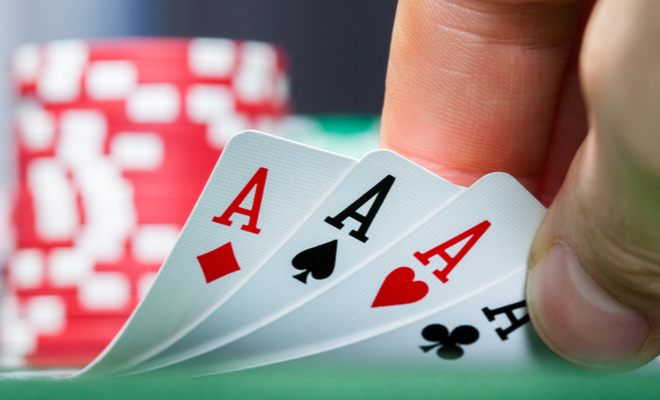Pixel poker faces- Reading opponents in online casino

In online poker and other online casino, reading opponents makes or breaks your success. Unlike live games where players are physically present, online casino restrict you to interpreting opponents through their betting patterns, timing, and other “tells” that come through the digital interface.
Online vs. live reads
Reading opponents online differs vastly from live poker. Physical tells like facial expressions, trembling hands, and nervous tics don’t exist in the virtual realm. Some key differences include:
- No body language or gestures to interpret. You can’t spot signs like aggressive posture or hearing players mutter after losing.
- Less social interaction. Opponents rarely chat except for an occasional “nice hand” or banter at tables.
- Faster gameplay. Online players act faster, forcing quicker reads. Less Hollywood-style staring and bluffing.
- Regulars often play 4+ tables together, dividing focus. Tougher to give full attention.
- Wider skill gaps between amateurs and pros. Live venues have more casual players.
Cracking online opponent styles
Despite the lack of physical presence, useful patterns emerge through these key factors:
- Bet sizing – Dropping big raises versus min-bets reveals aggressive or passive styles.
- Timing – Fast and loose or slowly methodic? Response time helps categorize players.
- Stats – Win rates, fold to raises, etc. expose how opponents play different hands.
- Chat – Trash talk, joking around, or dead silence also demonstrate personality styles.
- Screen names – Silly names usually mean recreational players; serious ones suggest pros.
Look to combine these factors to classify opponents into profiles you exploit:
- Rocks play tight and aggressive. They only bet strong hands and bluff rarely.
- Tags (tight aggressive) have solid basics – not easily bluffed but give action with big hands.
- LAGs (loose aggressive) play many hands, bluffing and applying pressure frequently with bets and raises.
- Calling stations limp into many pots but fold rarely – you isolate them and bet big when strong.
Adjusting your play
Evolve your play dynamically based on real-time opponent reactions:
- If they fold easily, scale back bluffs and bet thinner for value.
- Versus calling stations, jack up bet sizing to extract maximum value from big hands.
- If faced with aggressive LAGs, be more cautious pre-flop and post-flop, not playing as many speculative hands.
- When opponents show weakness and passive tendencies, you widen your bluffing range.
- If you spot Players getting Our brand Dunia777 agitated in chat, it may be time to poke the bear and apply aggression to force mistakes.
Stay alert to how your opponents change gears. Adjusting your strategy based on opponent tendencies spells profits.
Trust your reads
Balancing sole reliance on statistical odds versus human psychology is key. When you spot reliable patterns in an opponent’s play, have confidence in your read:
- If an opponent only raises pre-flop with premiums, respect their range and play cautiously versus their raises.
- When a loose aggressive player suddenly checks, they often have a busted draw – it’s time to value bet thinner.
- If someone chatters friendly with opponents but tilts with aggression at you, they likely have a weaker range against your raises.
At key moments, trust your reads over raw pot odds to make more profitable decisions and maximize your edge.












